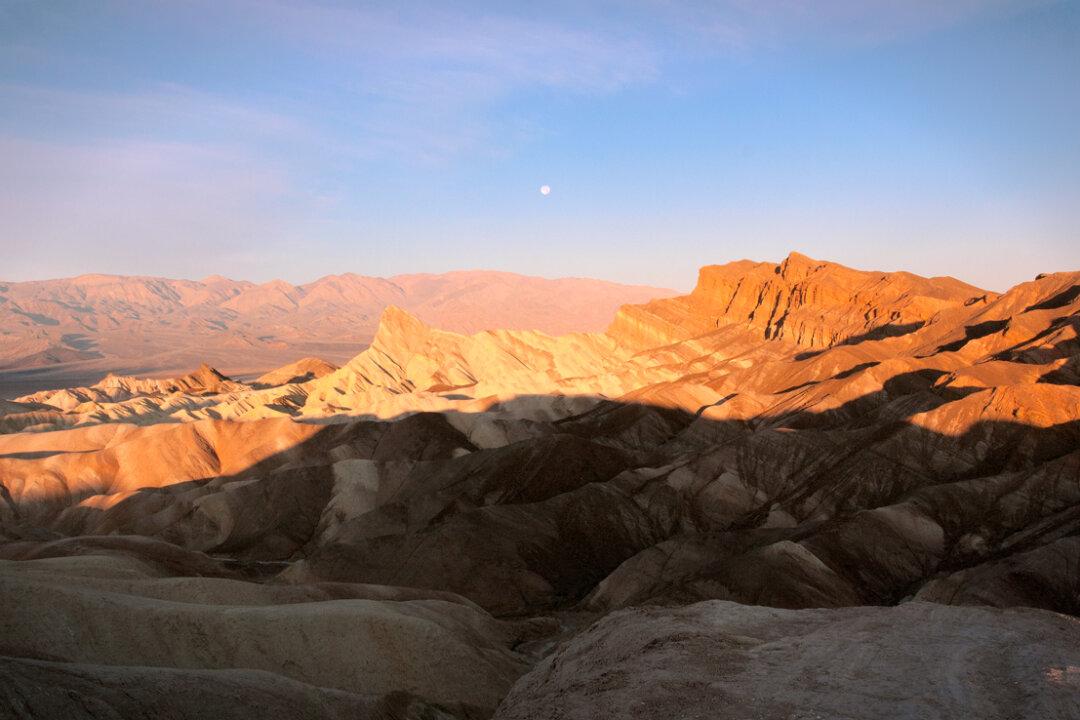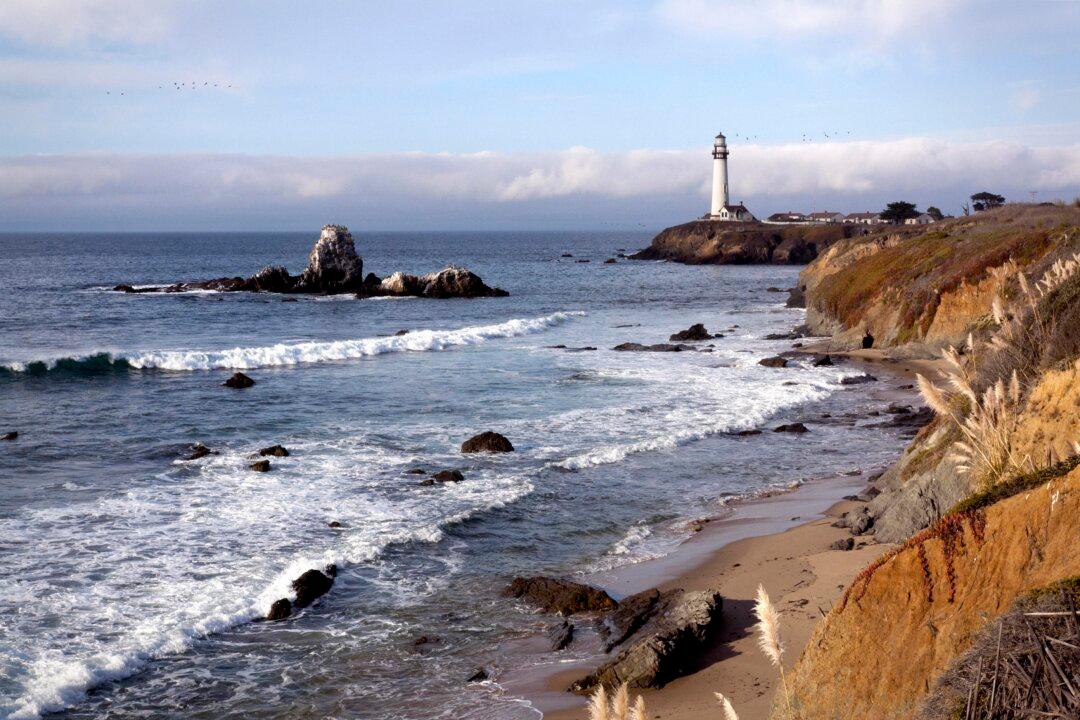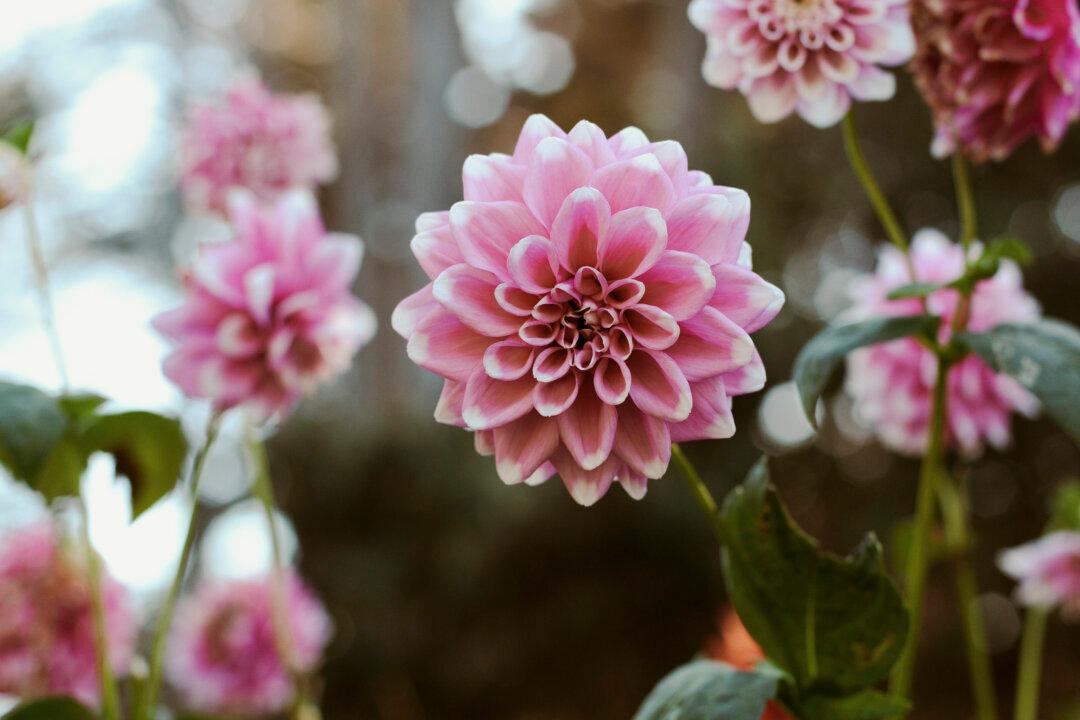“We knew that men had died down there in the shimmering heat of that white floor…and yet we saw it covered with a mantle of such strange beauty that we felt it was the noblest thing we had ever imagined. Only a poet could express the emotion of beauty, stronger than fear and death, that held us silent moment after moment.” Edna Brush Perkins (“The White Heart of Mojave” 1922)
America’s largest National Park is a severe and majestic wilderness. The desert park’s grim name serves as a precautionary tale to all who visit there, and not without reason. Once measured at 134° F, Death Valley National Park holds the record for the hottest place on Earth. Despite its heat and aridity, the park is home to over 1,000 species of plants and over 400 animal species that are adapted to its extremes. Covering over three million acres, the park has many surprises that contradict its sinister name. Its historic past and mineral wealth played a dramatic part in the story of the American west. Today, it is a place for recreation and inspiration where visitors can explore its vast, silent landscapes and natural wonders that were made accessible by the hard work of many who came before us.





